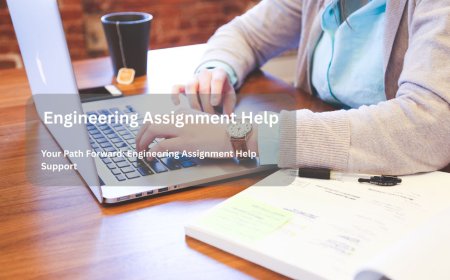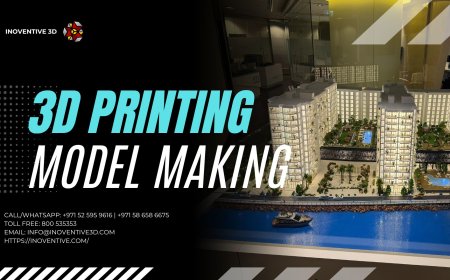Driving Instructors Share the 5 Mistakes That Fail Students Instantly
These mistakes are not about minor misjudgments. They are about decisions or habits that signal to the examiner that the learner is not yet ready to drive safely and independently. Knowing what to avoid can help learners focus their efforts during training, and approach the test with greater awareness and control.

Learning to drive is a process that requires patience, practice, and the right guidance. But even with preparation, many students still struggle to pass the practical test on their first attempt. This often comes down to a handful of common mistakeserrors that experienced driving instructors recognize immediately, and that often result in automatic failure.
These mistakes are not about minor misjudgments. They are about decisions or habits that signal to the examiner that the learner is not yet ready to drive safely and independently. Knowing what to avoid can help learners focus their efforts during training, and approach the test with greater awareness and control.
Here are five critical mistakes that instructors regularly see, which can cause instant failure during a driving test.
1. Failing to Observe Properly at Junctions and Roundabouts
A major reason students fail is due to incomplete or late observation at key points such as junctions and roundabouts. Examiners need to see that the learner is actively checking for oncoming traffic, cyclists, pedestrians, and other road users before moving forward.
Many students glance, but they dont see. Quick head movements without real awareness will not meet the standard. Hesitating or proceeding without clear observation puts everyone at risk, and it shows a lack of readiness.
Tip: Slow down before any intersection, take your time to look in every direction, and only proceed when its completely safe.
2. Incorrect Mirror Use Before Changing Speed or Direction
Proper use of mirrors is one of the most basic skills a learner must demonstrate. Failing to check mirrors before turning, switching lanes, or slowing down is a critical mistake that suggests poor awareness of surrounding traffic.
Checking mirrors should not be occasional or mechanical. It should be part of your thinking. A trained driving instructor helps students build this habit until it becomes automatic.
Tip: Before every signal, change of speed, or maneuver, check the relevant mirrors. Dont just glanceuse the information to decide how and when to act.
3. Driving at the Wrong Speed
Speed management is not just about staying below the limit. Driving significantly slower than the flow of traffic, especially without reason, is also considered unsafe. It shows a lack of confidence and can disrupt other road users.
Some students slow down unnecessarily out of fear or hesitation. Others miss speed limit signs and dont adjust. Both cases raise concerns for the examiner.
Tip: Pay attention to road signs, but also to the environment. Practice maintaining a steady, appropriate speed based on the road type and conditions.
4. Poor Clutch Control and Harsh Braking
Jerky movements, frequent stalling, and abrupt braking all indicate poor control of the vehicle. In a manual transmission car, this is often due to weak clutch control. In both manual and automatic vehicles, rough stopping and uneven acceleration suggest the driver lacks full command.
Driving instructors often see students who perform well in calm environments but struggle in real traffic. This is where proper training makes a difference.
Tip: Practice clutch control during low-speed movement and uphill starts. Get comfortable braking gently without stopping too late or too hard.
5. Not Responding to Hazards in Time
A driving test is not just about following directions. Its about reacting correctly to real-life situations. When a pedestrian approaches a crossing, or a car suddenly slows ahead, your response must be safe and timely.
Failure to notice or act on a developing hazard is one of the most serious mistakes a student can make. Examiners expect you to show awareness and judgment, not just technical skill.
Tip: Keep your eyes moving. Look ahead, to the sides, and use mirrors regularly. Anticipate rather than react.
The Role of Proper Training
Avoiding these mistakes comes down to training. A qualified driving instructor does more than teach how to operate a vehicle. They guide students to build safe driving habits, sharpen awareness, and manage nerves during pressure situations.
Instructors also understand the testing process and what examiners look for. That insight helps students focus their practice and avoid last-minute surprises.
Looking Beyond the Local Test
For those planning to drive internationally, the learning process doesn't stop with a local license. Knowing how to apply international driving licence is a useful next step, especially for those relocating or traveling for work. With proper guidance, the process is straightforward and can open new opportunities for mobility.
Conclusion
Most students who fail their test make one or more of these five mistakes. However, they are avoidable with the right instruction, consistent practice, and focused attention.
Choosing to learn with instructors who bring real experience and clarity into every lesson can make a significant difference. Thats where Alwafae Motor Drivers Training Company stands out. With multilingual instructors, flexible training schedules, and a practical approach tailored to individual learners, the company has helped thousands build the skills and confidence needed to pass their test.
To speak with a trainer or book your first session, call +971 55 601 5312.
































